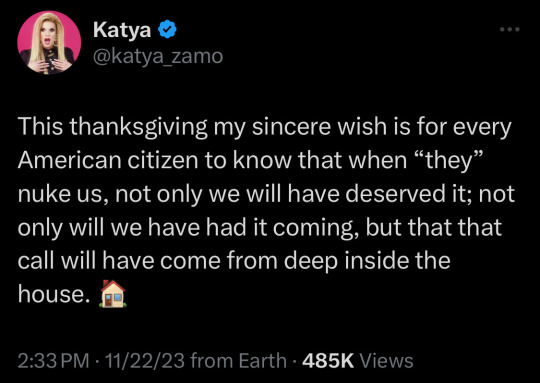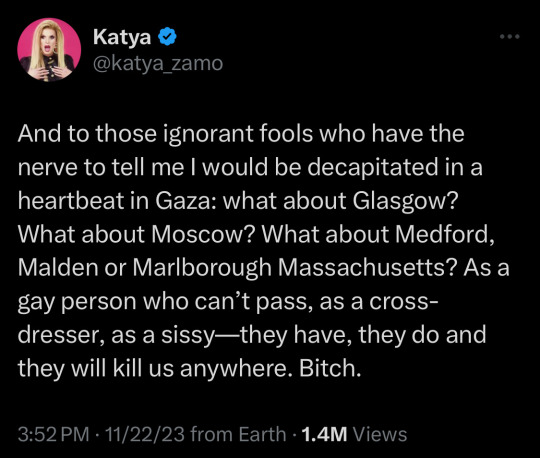Photo

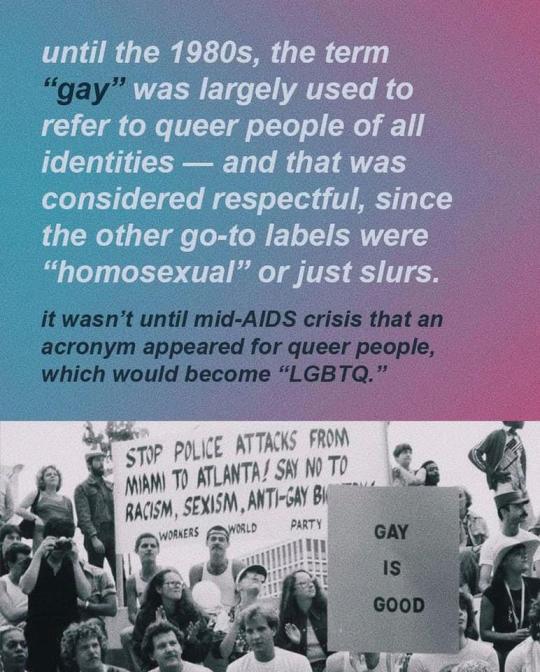
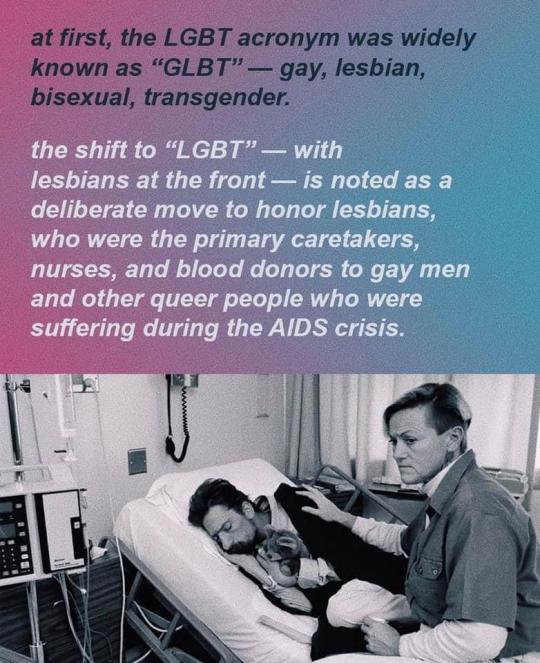
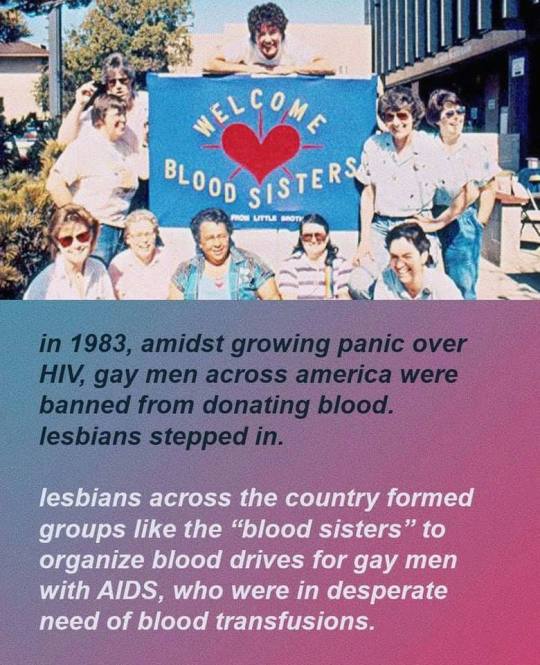
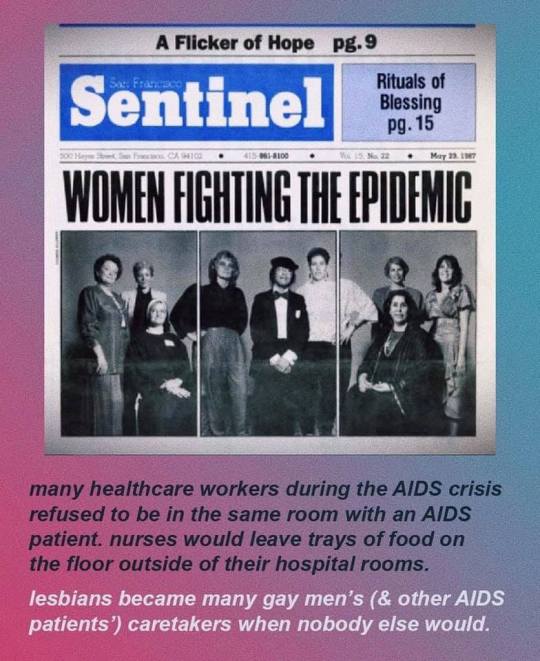

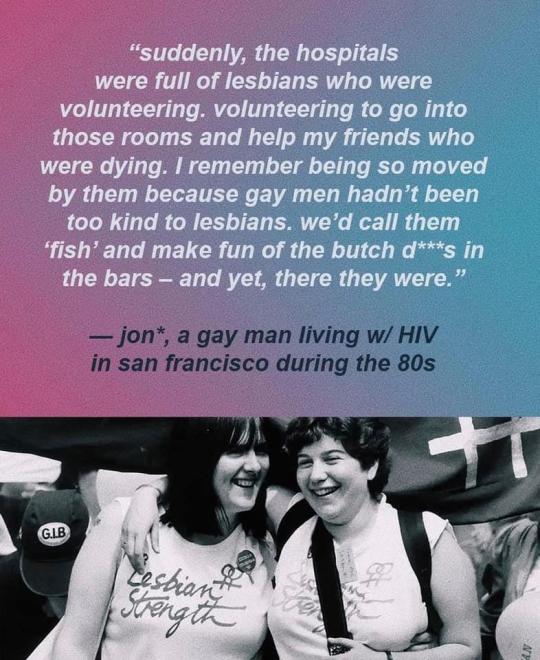
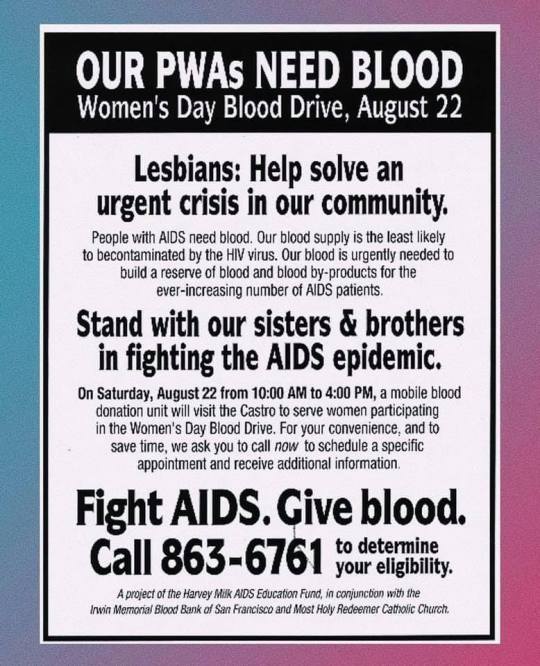

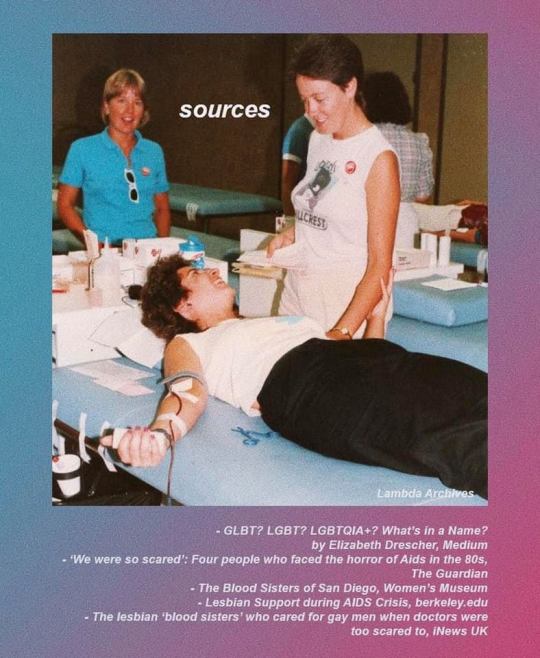
The LGBTQ community has seen controversy regarding acceptance of different groups (bisexual and transgender individuals have sometimes been marginalized by the larger community), but the term LGBT has been a positive symbol of inclusion and reflects the embrace of different identities and that we’re stronger together and need each other. While there are differences, we all face many of the same challenges from broader society.
In the 1960′s, in wider society the meaning of the word gay transitioned from ‘happy’ or ‘carefree’ to predominantly mean ‘homosexual’ and was an umbrella term that meant anyone who wasn’t cisgender or heterosexual. The community embraced the word ‘gay’ as a mark of pride.
The modern fight for queer rights is considered to have begun with The Stonewall Riots in 1969 and was called the Gay Liberation Movement and the Gay Rights Movement.
The acronym GLB surfaced around this time to also include Lesbian and Bisexual people who felt “gay” wasn’t inclusive of their identities.
Early in the gay rights movement, gay men were largely the ones running the show and there was a focus on men’s issues. Lesbians were unhappy that gay men dominated the leadership and ignored their needs and the feminist fight. As a result, lesbians tended to focus their attention on the Women’s Rights Movement which was happening at the same time. This dominance by gay men was seen as yet one more example of patriarchy and sexism.
In the 1970′s, sexism and homophobia existed in more virulent forms and those biases against lesbians also made it hard for them to find their voices within women’s liberation movements. Betty Friedman, the founder of the National Organization for Women (NOW), commented that lesbians were a “lavender menace” that threatened the political efficacy of the organization and of feminism and many women felt including lesbians was a detriment.
In the 80s and 90s, a huge portion of gay men were suffering from AIDS while the lesbian community was largely unaffected. Lesbians helped gay men with medical care and were a massive part of the activism surrounding the gay community and AIDS. This willingness to support gay men in their time of need sparked a closer, more supportive relationship between both groups, and the gay community became more receptive to feminist ideals and goals.
Approaching the 1990′s it was clear that GLB referred to sexual identity and wasn’t inclusive of gender identity and T should be added, especially since trans activist have long been at the forefront of the community’s fight for rights and acceptance, from Stonewall onward. Some argued that T should not be added, but many gay, lesbian and bisexual people pointed out that they also transgress established gender norms and therefore the GLB acronym should include gender identities and they pushed to include T in the acronym.
GLBT became LGBT as a way to honor the tremendous work the lesbian community did during the AIDS crisis.
Towards the end of the 1990s and into the 2000s, movements took place to add additional letters to the acronym to recognize Intersex, Asexual, Aromantic, Agender, and others. As the acronym grew to LGBTIQ, LGBTQIA, LGBTQIAA, many complained this was becoming unwieldy and started using a ‘+’ to show LGBT aren’t the only identities in the community and this became more common, whether as LGBT+ or LGBTQ+.
In the 2010′s, the process of reclaiming the word “queer” that began in the 1980′s was largely accomplished. In the 2020′s the LGBTQ+ acronym is used less often as Queer is becoming the more common term to represent the community.
83K notes
·
View notes
Text

The Herculaneum papyri are more than 1800 papyri that were carbonized by the eruption of Mount Vesuvius (79 CE), constituting the only surviving library from antiquity that exists in its entirety. Now using new x-ray technique, these scrolls are being read for the first time in millennia
20K notes
·
View notes
Text
14K notes
·
View notes
Text
I hope I have a love story like this someday 😩
20K notes
·
View notes
Photo
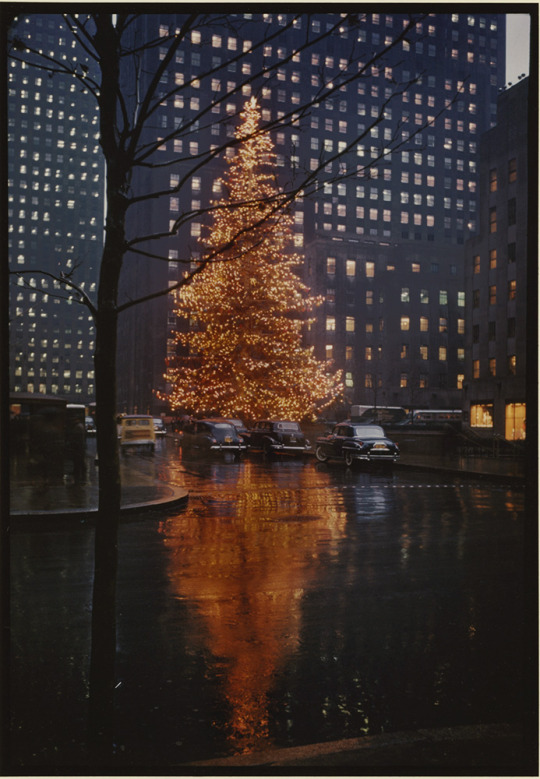
Alfred Eisenstaedt
Rockefeller Center Christmas Tree, NYC, 1950
2K notes
·
View notes
Video
176K notes
·
View notes

